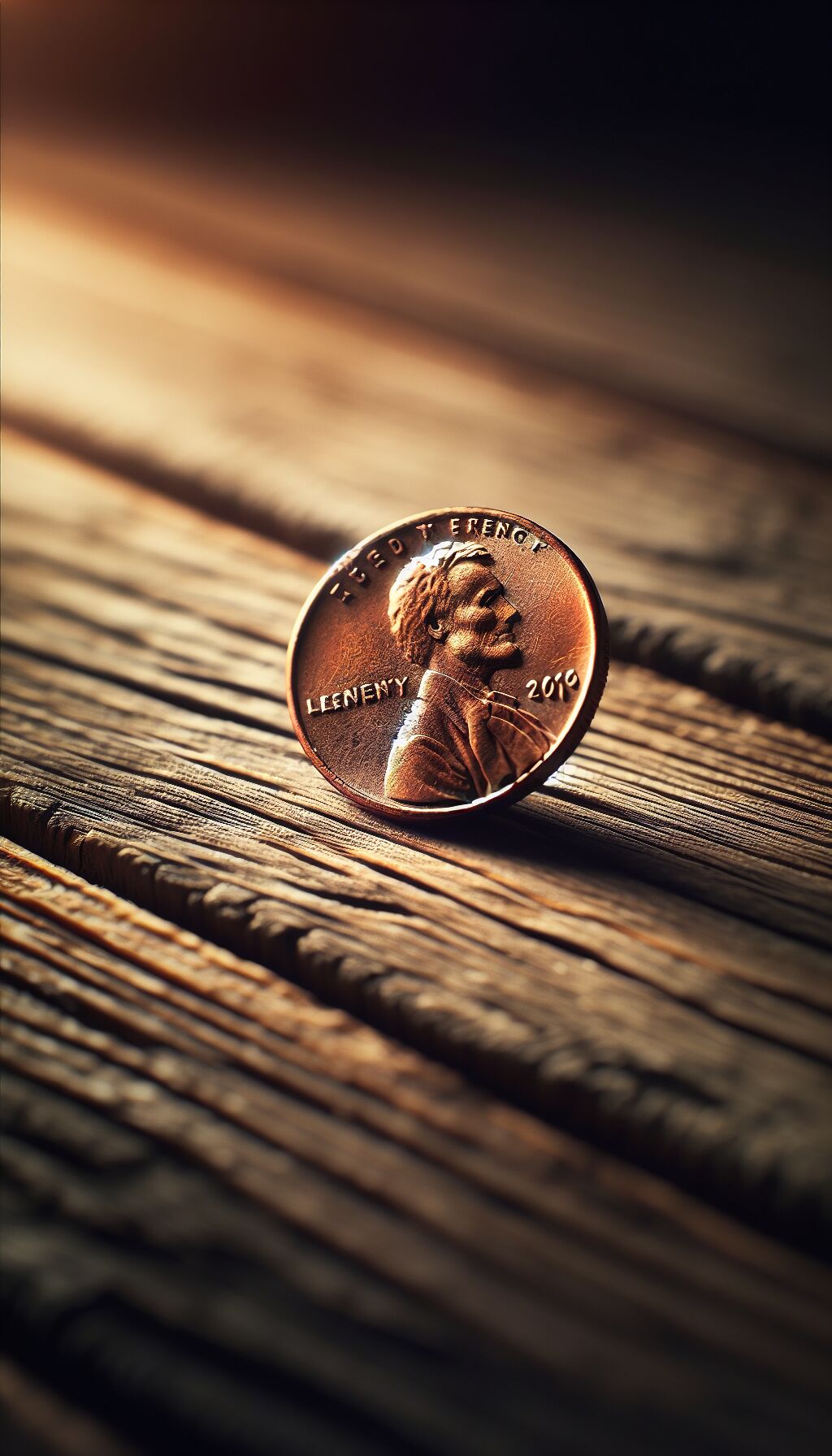U.S. President Announces Discontinuation of One-Cent Coin
In a notable move reflecting ongoing financial challenges, the President of the United States has officially declared the discontinuation of the one-cent coin, known colloquially as the penny. This decision comes amidst escalating production costs and a growing debate over the relevance of the small denomination coin in contemporary economic transactions.
Rationale Behind the Decision
The announcement, made during a press briefing at the White House, highlighted the need for fiscal responsibility as the nation grapples with budgetary constraints. “We must be prudent in our spending and focus on resources that make economic sense for the American people,” the President stated. The minting of pennies has become increasingly uneconomical, with each coin costing approximately 2.5 cents to produce. This discrepancy has raised questions about their continued circulation and utility.
The decision to cut the penny has been supported by a number of financial experts who argue that the coin’s practical applicability has diminished significantly in recent years. As prices have increased, many transactions now either round to the nearest nickel or simply omit the penny altogether.
A Historical Perspective
The penny has a long and storied history in the United States, with its origins tracing back to 1792, the same year the U.S. Mint was established. The coin was intended to facilitate smaller transactions, allowing consumers to buy goods at minimal prices. Over the years, however, inflation has rendered the penny essentially obsolete; its purchasing power has decreased drastically, leading many to question if it still holds value in today’s fast-paced economy.
Shifts in Spending Habits
Indeed, modern spending habits are a significant factor in the penny’s fate. With the rise of digital payments and cashless transactions, the necessity of having coins for transactions has lessened. A survey conducted by the National Retail Federation revealed that around 60% of Americans prefer using debit or credit cards for their purchases, further diminishing the need for pennies.
Public Reception
The public’s response to the discontinuation of the penny has been mixed. While many consumers welcome the change, citing the inconvenience of dealing with small denominations, others express nostalgia. “I grew up saving pennies in a jar. It’s sad to see them go,” remarked a local resident during a community meeting in support of the proposal. This sentiment reflects a broader emotional attachment that some individuals have towards the currency, regardless of its practicality.
On social media, opinions have been sharply divided. Some users launched campaigns advocating for the penny’s preservation, while others expressed relief, citing that the time spent counting scarce pennies could be better used elsewhere.
Challenges Ahead
While the move to discontinue the penny is seen as a progressive step toward fiscal efficiency, it is not without challenges. The transition could prove complicated for businesses, particularly small retailers who frequently work with cash transactions. Many are concerned about how the discontinuation may affect pricing strategies and customer interactions.
Additionally, it raises questions regarding what to do with the existing stock of one-cent coins. The U.S. Mint reports that there are approximately 150 billion pennies currently in circulation. As the nation navigates this transition, the logistics surrounding the disposal or redistribution of these coins will need to be carefully managed.
Legislative Implications
The notice from the President also sets the stage for potential legislative discussions. Lawmakers will need to consider reforms to the current currency system, which may include revising how cash transactions are conducted in the absence of the penny. There is also a possibility that stakeholders, including businesses and consumer protection groups, may push for a comprehensive review of the impacts of such a change on the economy.
The impact on those who rely on cash transactions, particularly low-income individuals who may be less inclined to use credit or debit cards, must also be factored into the discussions about the penny’s discontinuation.
Looking Forward
As the nation steps into this pivotal moment in its monetary history, the focus will shift towards adaptability and finding innovative solutions that respect both tradition and progress. While concerns regarding the loss of the penny must be addressed, the overarching goal remains clear: to streamline currency production, reduce waste, and adapt to a changing economy.
In conclusion, the decision to phase out the penny marks a significant milestone in U.S. financial history. Whether viewed as a necessity or a nostalgia-driven loss, the implications of this change will reach far and wide, prompting evaluation of what currency means to a modern society. As policymakers, businesses, and consumers navigate the aftermath of this decision, the conversation surrounding the future of money in America continues to evolve.
